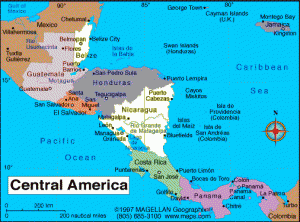Prize-winning author Sonia Nazario visited UW-Whitewater on Nov. 28 and spoke to a brimming Young Auditorium audience about the power of determination. This human quality is most powerfully demonstrated in immigrants. She found that determination in the story of her own family’s odysseys between Argentina, Wisconsin, and Kansas. That inherited determination helped Ms. Nazario succeed as a journalist as well.
However, Ms. Nazario was to realize this determination is puny in comparison to the drive she found among young Central Americans pulled by a desire to re-unite with mothers who immigrated before them to the U.S. The valuable contribution that Ms. Nazario’s celebrated book Enrique’s Journey makes to our roiling debate over immigration is to humanize through one family’s story that flow of abandoned children to the U.S., a stream of as much as 48,000 per year and still growing even as overall immigration has declined.
Beyond the task of putting flesh and blood on the statistics, Nazario was also willing to add her own conclusions to the immigration debate. She is critical of the efforts of the U.S. to stanch the flow of immigration, both in terms of the harm it does to humans and its futility. “When we build 700 miles of fence, honestly, we do not understand this kind of determination,” she said.
Nazario also believes that mothers make a mistake, especially in the eyes of their own children, when they decide to leave their country and children to attempt to relieve economic misery with work in the U.S. She believes the best solution is to put resources and policy decisions toward the goal of improving those conditions in the home country. Money for border fences here, for example, would be more effective if spent in micro-loan programs in countries like Honduras that allow women there the minimal amount of security and nutrition needed to persuade them to stay put.

